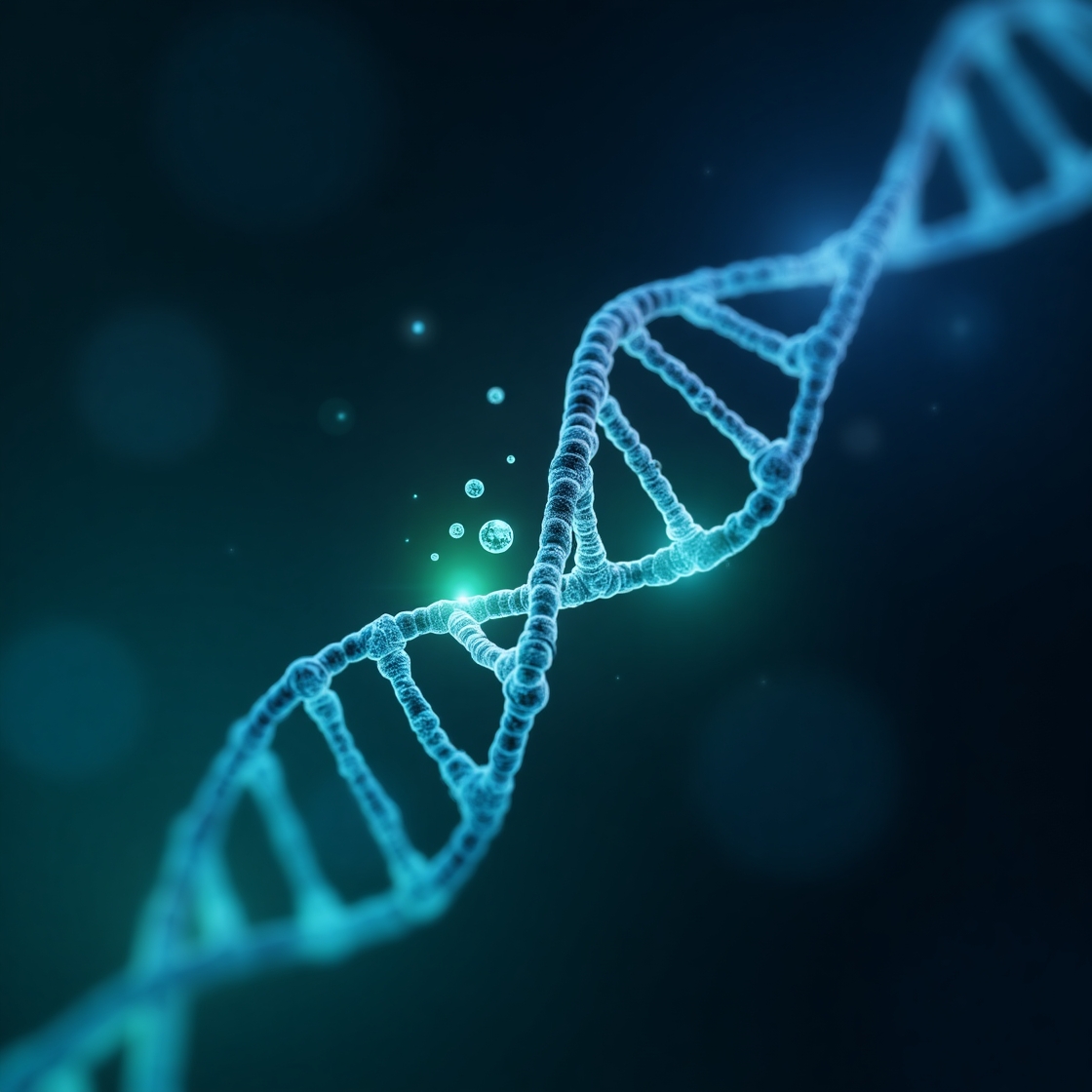Loading...
Explore the science behind CRISPR gene knock-in technology, including its mechanism, applications in disease modeling, therapeutic development, and current challenges. Learn how HDR and NHEJ pathways influence editing outcomes.
Gentaur
Scientific Publications

CRISPR gene knock-in is a powerful genome engineering technique that enables the precise insertion or replacement of genetic material at a specific locus in the genome using the CRISPR-Cas9 system. Unlike traditional gene knockout methods, which aim to disable gene function by introducing disruptive mutations, CRISPR knock-in allows for targeted DNA sequence integration , such as inserting reporter genes (e.g., GFP), correcting point mutations, or tagging endogenous proteins.
This process relies heavily on the homology-directed repair (HDR) pathway, which uses an externally supplied DNA template containing homologous sequences flanking the desired insert. The HDR mechanism ensures high fidelity and accuracy during the repair of double-strand breaks (DSBs) introduced by Cas9.
The CRISPR knock-in process involves several key steps :
Step-by-step Mechanism:
Homology-Directed Repair (HDR) vs Non-Homologous End Joining (NHEJ) Pathways :
In CRISPR-mediated genome editing, double-strand breaks (DSBs) induced by Cas9 can be repaired through two major cellular repair mechanisms: Homology-Directed Repair (HDR) and Non-Homologous End Joining (NHEJ) . The HDR pathway utilizes a homologous DNA template to accurately repair the break, making it the preferred route for precise gene knock-in applications such as inserting reporter genes or correcting disease-causing mutations. However, HDR is limited to the S and G2 phases of the cell cycle and generally exhibits lower efficiency. In contrast, the NHEJ pathway directly ligates broken DNA ends without requiring a homologous template, often resulting in small insertions or deletions (indels) that can disrupt gene function. While NHEJ operates throughout the cell cycle and is more efficient, its error-prone nature makes it suitable for gene knockout rather than precise gene insertion. Understanding these pathways is crucial for optimizing CRISPR-based genome engineering strategies.
PMID: 35182556
Despite its revolutionary impact, CRISPR knock-in faces several challenges: